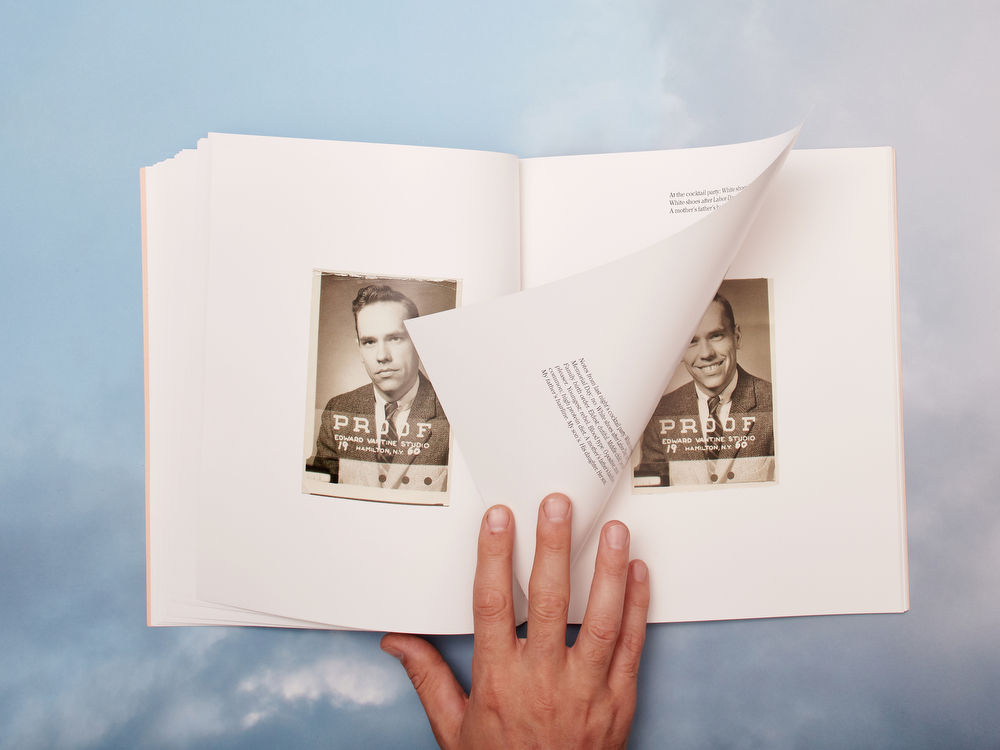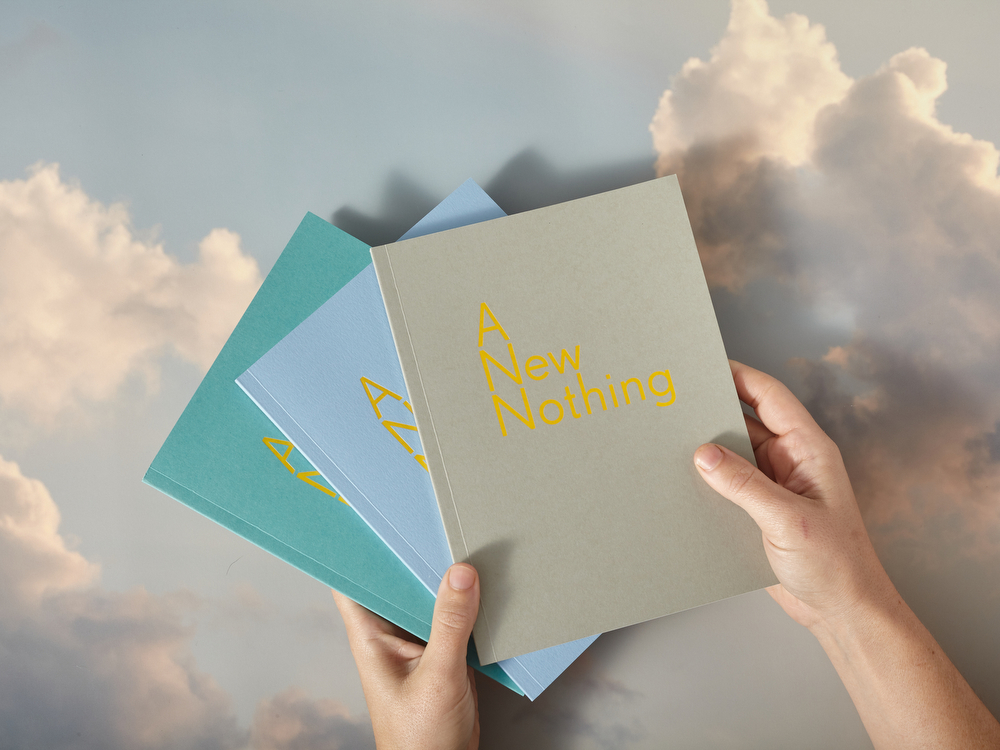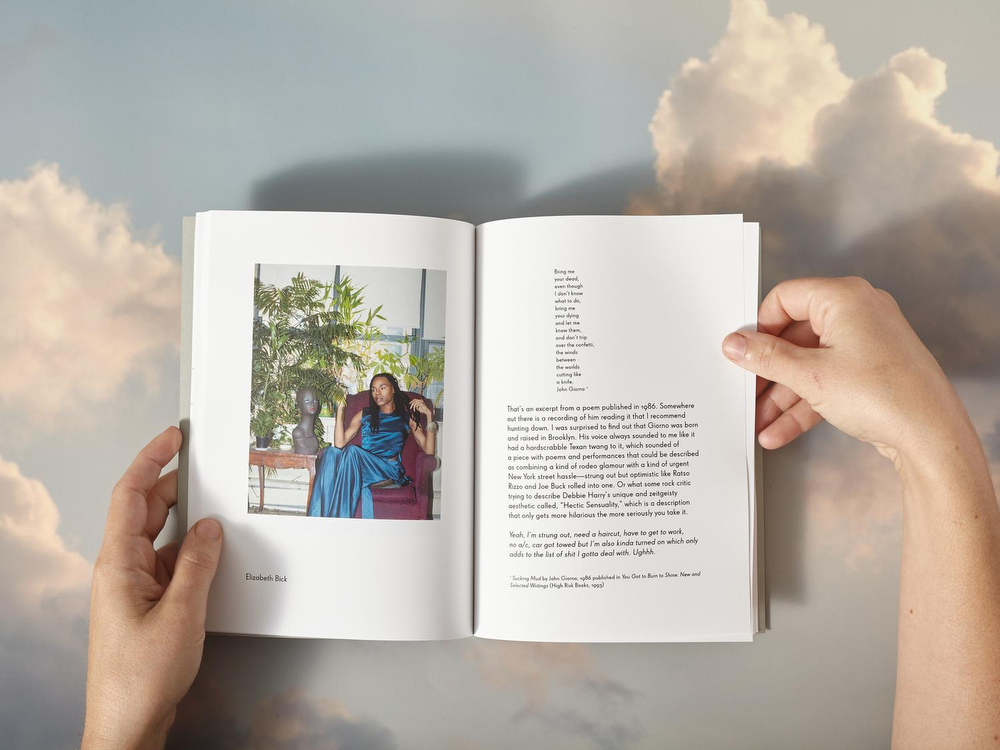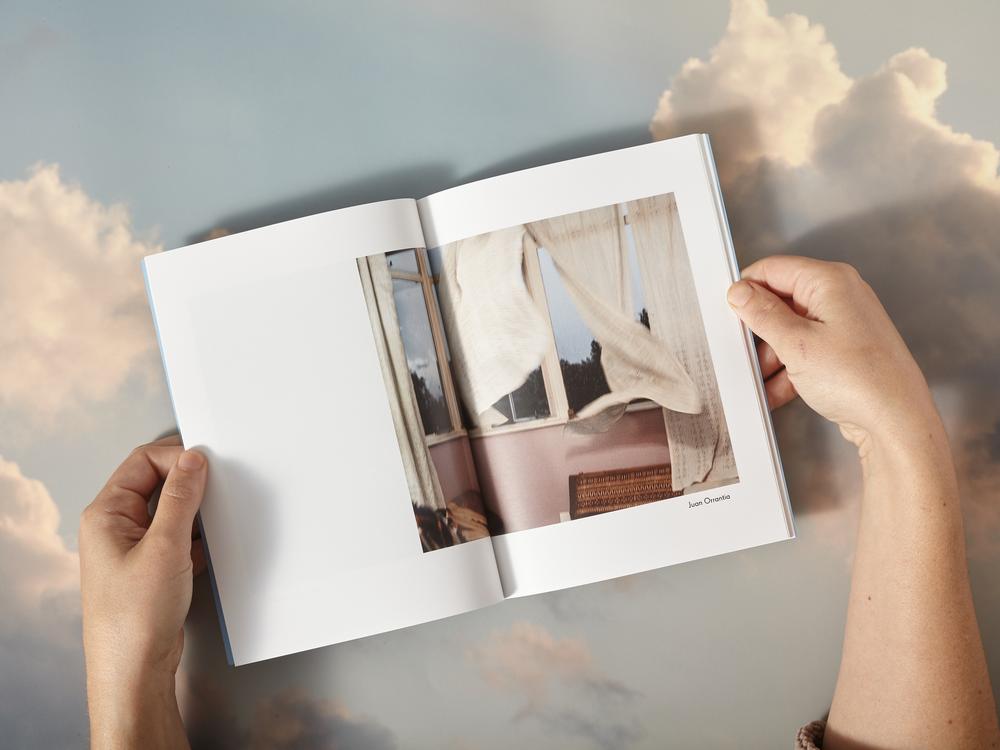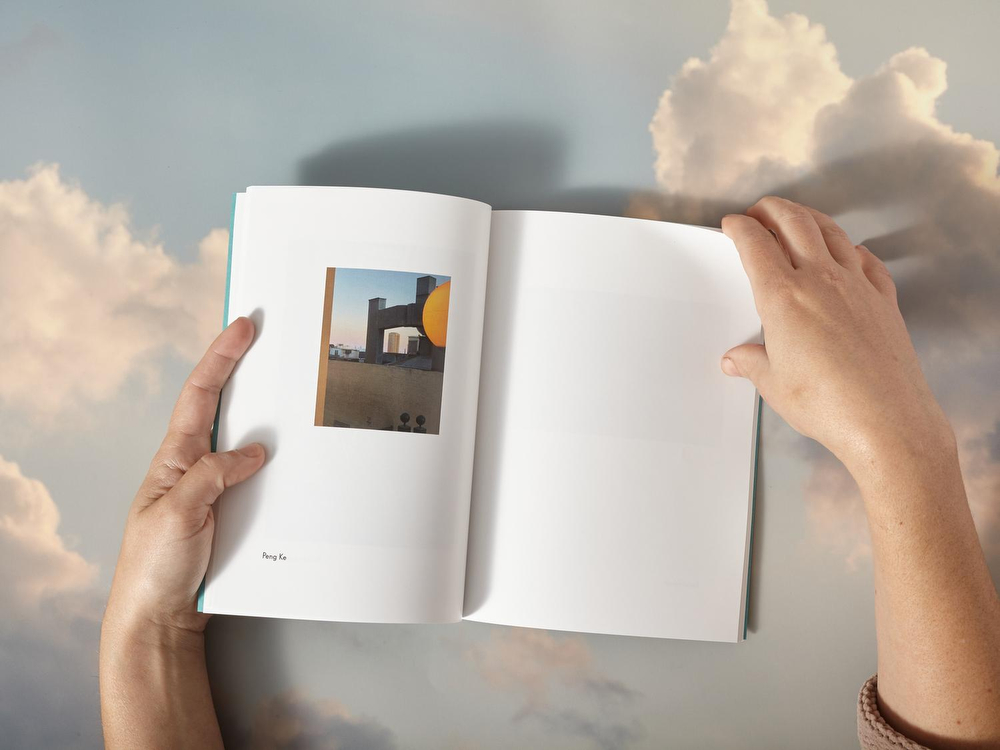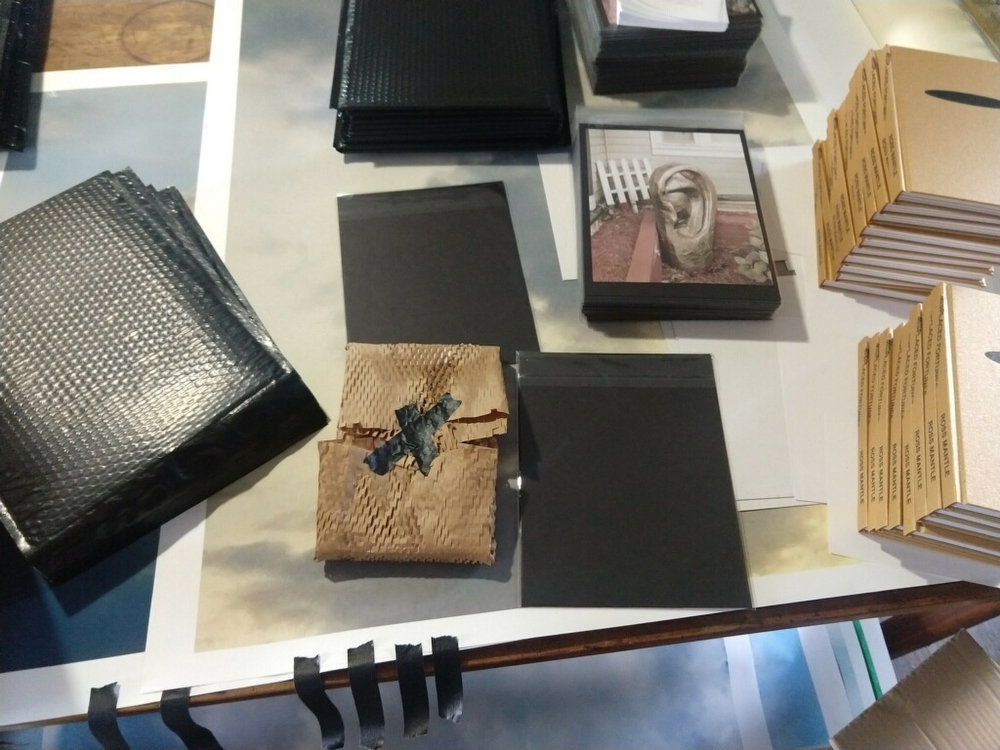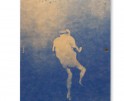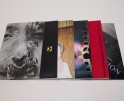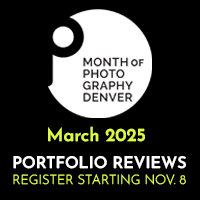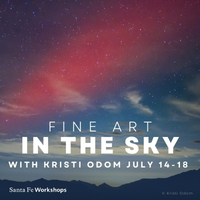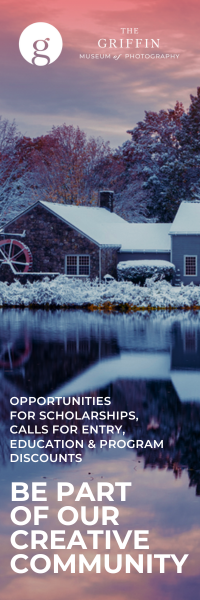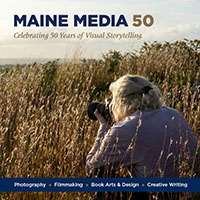Publisher’s Spotlight: Sleeper
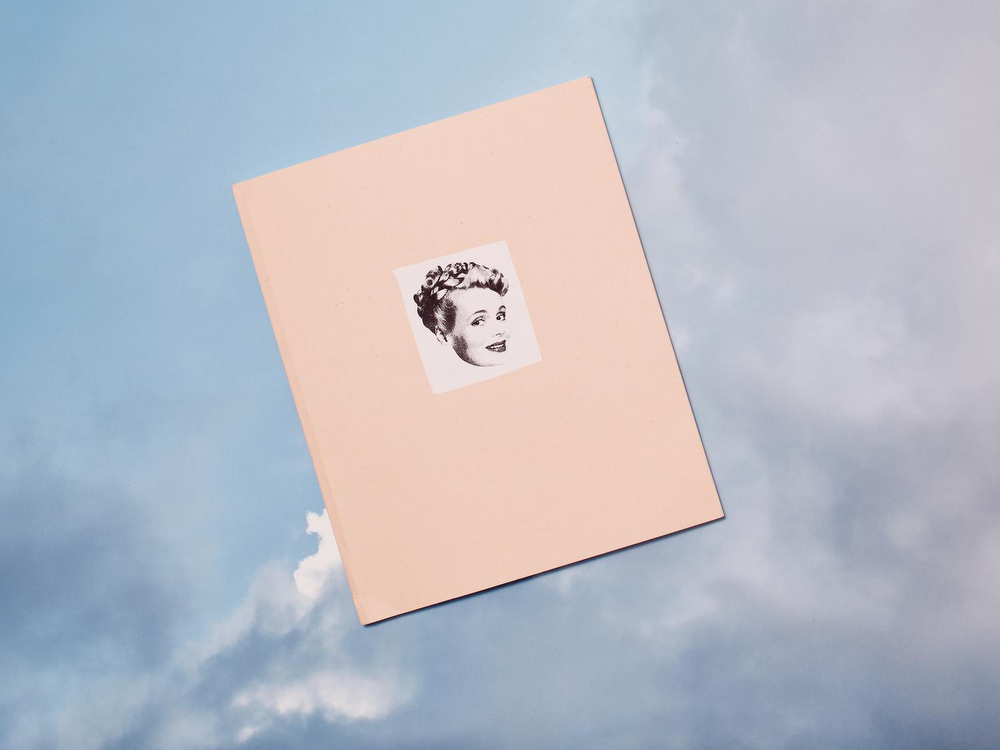
Cover of Proof Photographs from the collection of Robert E. Jackson Fiction and Observations by Edith Fikes (Published 2020)
This month is all about books on Lenscratch. In order to understand the contemporary photo book landscape, we are interviewing and celebrating significant photography book publishers, large and small, who are elevating photographs on the page through design and unique presentation. We are so grateful for the time and energies these publishers have extended to share their perspectives, missions, and most importantly, their books.
Sleeper is a publishing studio working with photography, design, and text to realize
artists’ ideas in printed form. Their interests lie in cultivating a fluid practice that values open, collaborative, and equitable relationships with artists.
Sleeper is Ben Alper, Peter Hoffman, and Ross Mantle. It operates out of Carrboro, NC, Ann Arbor, MI, and Pittsburgh, PA.
Today, artist Aline Smithson interviews publisher and artist, Ben Alper.
Follow Sleeper on Instagram: @sleeper_studio
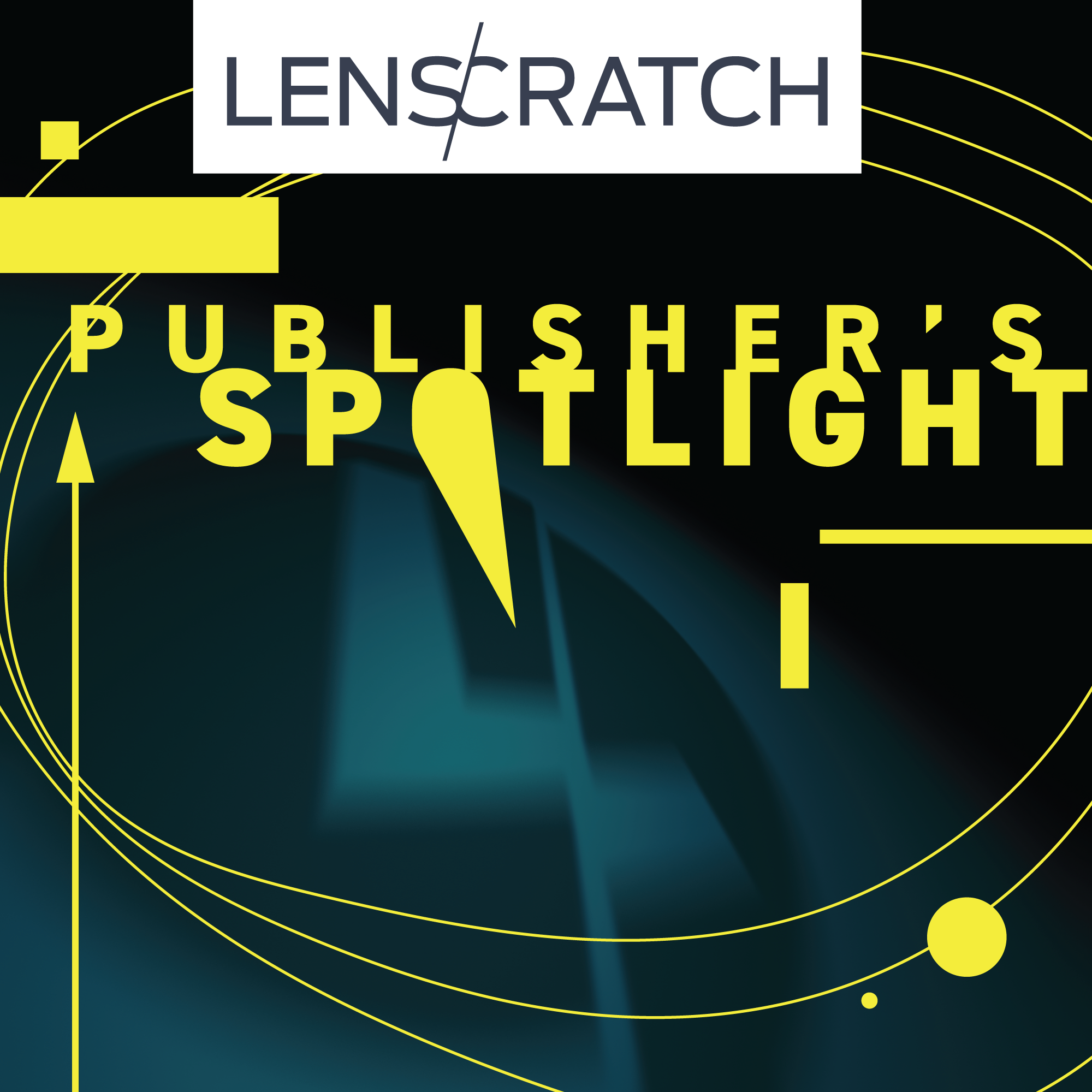
What was the first book you published, and what did you learn from that experience?
Our first book was Proof, which presents photographs from the collection of Robert E.Jackson alongside fictional responses by writer Edith Fikes. Being that it was our first project, we learned a lot from the process – in both practical and conceptual terms. The three of us had to find our internal rhythm as a collaborative studio first before we could bring in outside collaborators like Robert and Edith. Beyond that though, Proof was really generative in that it allowed us to explore the image / text relationship as one that is interdependent and not hierarchical. The photographs and the words in the book are meant to be co-equals, both generators of meaning that inform the way that narrative is experienced. Finding the right balance between the two, the appropriate cadence if you will, was challenging but ultimately very instructive.
What is your mission as a publisher?
While books will always be a core part of our output, we identify more as a studio than strictly as a publisher. The main distinction between the two (for us anyway) is that as a studio we can cultivate a fluid and experimental practice that is more concerned with bringing certain ideas to life than it is about producing a particular kind of object. We’re interested in making all kinds of things – books, prints, clothing, card games, objects. The other core part of our mission is to work with artists, writers, editors and designers in a highly collaborative and equitable way. Valuing and compensating artists for their work, time and ideas is something that underscores every project we undertake.
How big is your organization?
There are three core members of Sleeper – Ben Alper, Peter Hoffman and Ross Mantle.
What are the difficulties that publishers face?
Different publishers face different challenges, so we can’t answer that question more broadly. For us though, our largest difficulties (at the moment, at least) revolve around two things – time and money. As three working artists with separate creative and professional practices, it can often feel like we’re fighting for time to work on Sleeper projects. Necessarily, we all have to make a living and those obligations always come first, but that means that work often happens in the evenings and on weekends.
Money is also, unsurprisingly, the other significant challenge. I would imagine that most publishing organizations, regardless of scale, can relate to this at some level. For Sleeper in particular, this has to do precisely with how we’ve structured our model and relationship with artists. Part of our philosophy is that artists shouldn’t have to put up any money in order to have a book published, so we cover 100% of the production costs in addition to paying artists, writers and editors a stipend for their work. While we feel strongly about this structure, it also means that we feel the weight of it too. We mayhave to be more selective about what we release than other imprints with greater capital or different publishing models, but we’d rather put out less if that means properly valuing the people we’re working with.
Are there any publishing projects that have been particularly meaningful to you?
This may sound like a cop out, but they’ve all been really meaningful, for different reasons. Proof was really special because it derived from a close friendship and a shared love of vernacular photography; our series of A New Nothing books is the physical manifestation of an online project that Ben co-founded more than 8 years ago; and Misplaced Fortunes is the culmination of a project that Ross worked on for many years. Everything we’ve done so far has been pretty personal and close to home.
What upcoming projects are you excited about?
We’re currently working with Aaron Turner on a book of photographs from his
extensive and multi-volume series Black Alchemy. We’re hoping to release this sometime in the late winter of 2022. After that, we’ll be working on a project with Julie Rene Jones’ Umbra work. We’re really excited about both.
How many books do you publish a year, and how do you choose which projects to publish? Do you have a specific focus?
Proof only came out about a year ago, but since then we’ve put out four additional
books – three volumes from our ongoing A New Nothing series and Ross’ book Misplaced Fortunes. Most of these initial projects Sleeper inherited, in a way. Ben was already planning to do a book with Robert Jackson, and also had ambitions to publish the A New Nothing books, and Ross brought Misplaced Fortunes to fruition at the perfect time for us to publish it. Our upcoming projects with Aaron Turner and Julie Renee Jones came from personal relationships to these artists and a deep admiration for their respective work.
We don’t have a specific thematic or aesthetic focus – we’re more excited by the idea of every project being distinct. Broadly, we all share an interest in photography, text and design, but each project engages with these things differently depending on what the work calls for.
How can an artist get their work in front of you? Do you have any advice for photographers?
While we generally move pretty slowly and are forced to be rather selective about what we release, we are always excited to see new work. Anyone who’s interested can write to us at zzz@sleeper.studio. It might take us a minute, but we will definitely write you back.
If anyone out there is looking for a publisher, we would encourage you to really research as many imprints as possible. Think about where your book (and the work in it) would make sense; often publishers do have more of a focus, aesthetic or agenda, so consider that before reaching out to them. Cold emailing your book proposal can be a frustrating process, often with little success, so think about ways to break through the anonymity and make a connection. Speak with specificity about your work and why you think it makes sense in their stable. But mainly, don’t get discouraged and always consider self-publishing as a completely viable and legitimate option if you can’t find someone else to release it. All three of us have self-published books. It can be more challenging in some respects, but there are tons of benefits as well.
What is the typical timeline of a project, from the beginning to the finished
product?
Every project is different, but we tend to take our time and not rush things. Our
principal aim is for the execution of the project to be at the highest level possible. This extends to the editing, sequencing, design, writing, printing, materiality, etc. With that being said, I would say it takes upwards of a year from beginning to end.
How collaborative is the design process with the artist?
Our goal is to be as collaborative as possible, which can definitely extend to the design process. It kind of depends on the project though. Some people would rather not be involved in the design of the book at all, so in those cases we’re happy to take the lead and execute a design that feels conceptually resonant with the work. That was the case with Proof, our first book. Robert Jackson, the collector whose photographs we published, gave us complete freedom to do whatever we wanted with the design. That was really fun and liberating. But ultimately we look forward to working closely with artists on the design of their books – we just haven’t had that opportunity much yet as we’re still in the early stages of this studio.
How is the financial side of the project structured between publisher and artist? Does the artist contribute to production cost?
As we mentioned above, Sleeper covers 100% of the production costs associated with
producing all of our books – artists are not asked to contribute any money. Additionally, we extend a stipend to artists, writers and editors for their work. Valuing people’s time, work and creative energy was one of the primary drivers for creating this studio. While we don’t pass judgement on imprints that require artists to fundraise for their right to publish, we very specifically wanted to offer an alternative to that, despite the inherent challenges of this kind of model.
What support do you give artists in terms of marketing or distribution? Do you attend book fairs?
Currently, we’re doing most of our marketing and distribution in-house. There are
select bookstores that have our titles, but predominantly we’re shipping directly to customers. We plan to do book fairs once they start happening again, but since we started during the pandemic we haven’t really had a chance to yet. We’re really hoping that 2022 offers some opportunities to get back to in-person events!
Ben Alper is an artist based in Carrboro, NC. He received a BFA in photography from Mass Art in Boston and an MFA in Studio Art from UNC – Chapel Hill. Alper’s work has been exhibited and published both nationally and internationally. He is ⅓ of Sleeper Studio and is the co-founder of A New Nothing, an online project dedicated to hosting visual conversations between artists.
Peter Hoffman lives with his wife and son in Ann Arbor, Michigan. He spends his time making pictures, projects, books and sometimes teaching, most recently at UNC-Chapel Hill.
Ross Mantle lives and works in his native Pittsburgh, PA. He divides his time between
self-initiated projects, client commissions, publishing with Sleeper Studio, and teachingat Carnegie Mellon University.
Posts on Lenscratch may not be reproduced without the permission of the Lenscratch staff and the photographer.
Recommended
-
Interview with Tabitha Barnard and Jake Benzinger: “Dead Trees Speak to Me” and Independent Photo Book PublishingNovember 21st, 2024
-
Publisher’s Spotlight: Smog PressJanuary 3rd, 2024
-
Publisher’s Spotlight: Kult BooksNovember 10th, 2023
-
Publisher’s Spotlight: ‘cademy BooksJune 25th, 2023
-
Publisher’s Spotlight: Brown Owl PressDecember 10th, 2022

